In what will be a total solar eclipse for a 115 miles-wide path through parts of Mexico, 15 U.S. states and Canada and a partial solar eclipse for the entire Americas, the event will see a sudden drop in sunlight.
Serpent Deity
The space agency's project, Atmospheric Perturbations Around The Eclipse Path, will investigate how that drop in sunlight and temperature affects Earth's upper atmosphere. APEP is named after the serpent deity from ancient Egyptian mythology, nemesis of the sun deity Ra, according to NASA.
NASA's suborbital rockets won't launch into totality. Instead they'll go from Wallops Flight Facility in Wallops Island, Virginia, from where 81% of the sun will be blocked by the moon. That moment will happen at 15:33 EST, though the eclipse will take part between 14:06 and 16:33.
Comment: Three rockets at 3:33. NASA sure likes its occult symbolism!
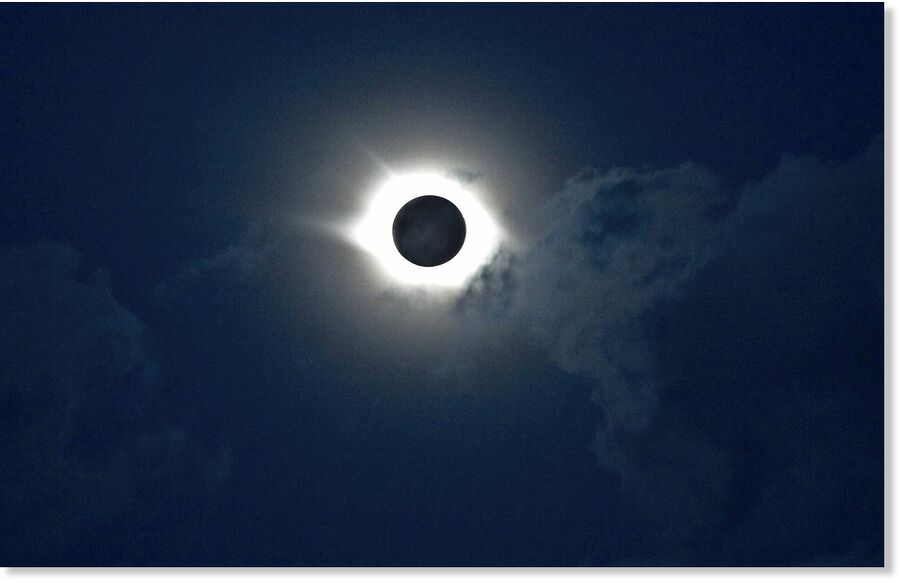


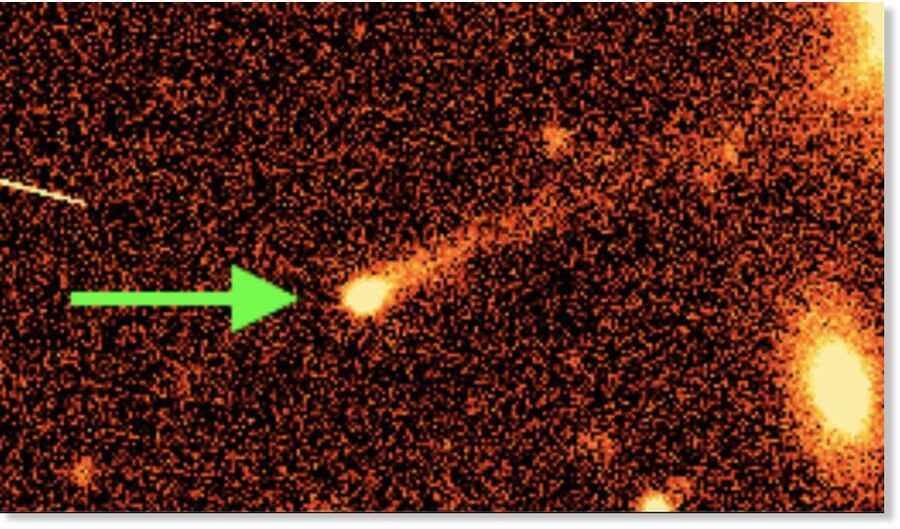


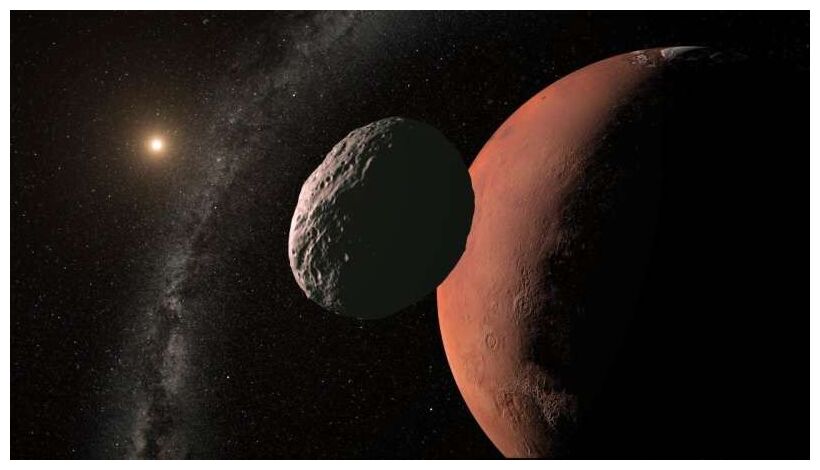

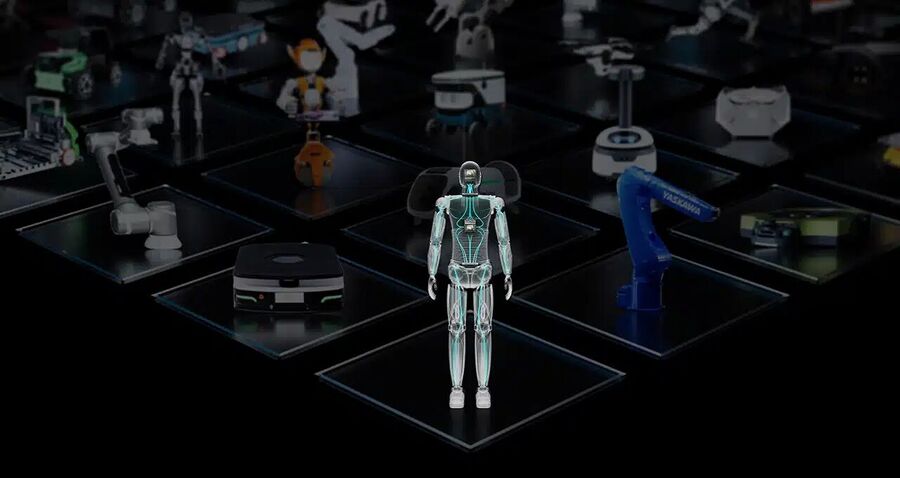
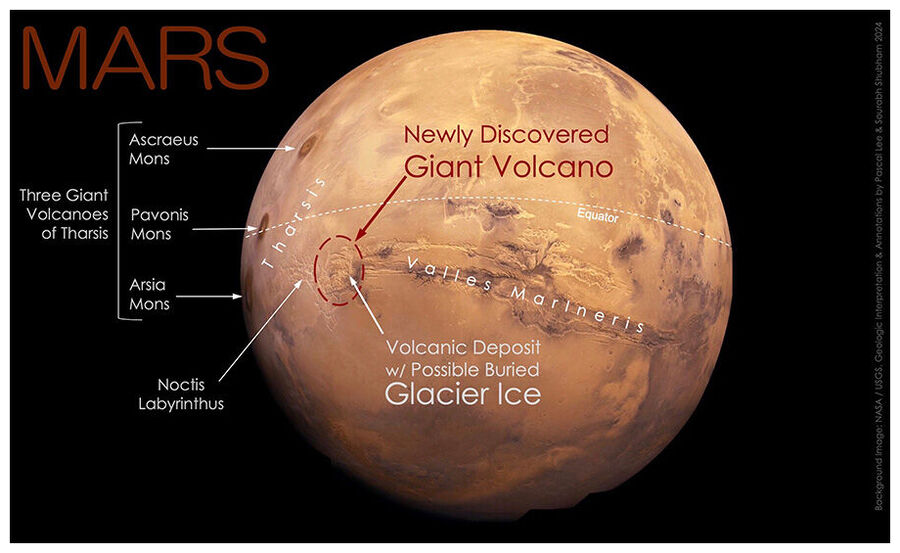



Comment: Scientists will be firing up CERN at the same time.